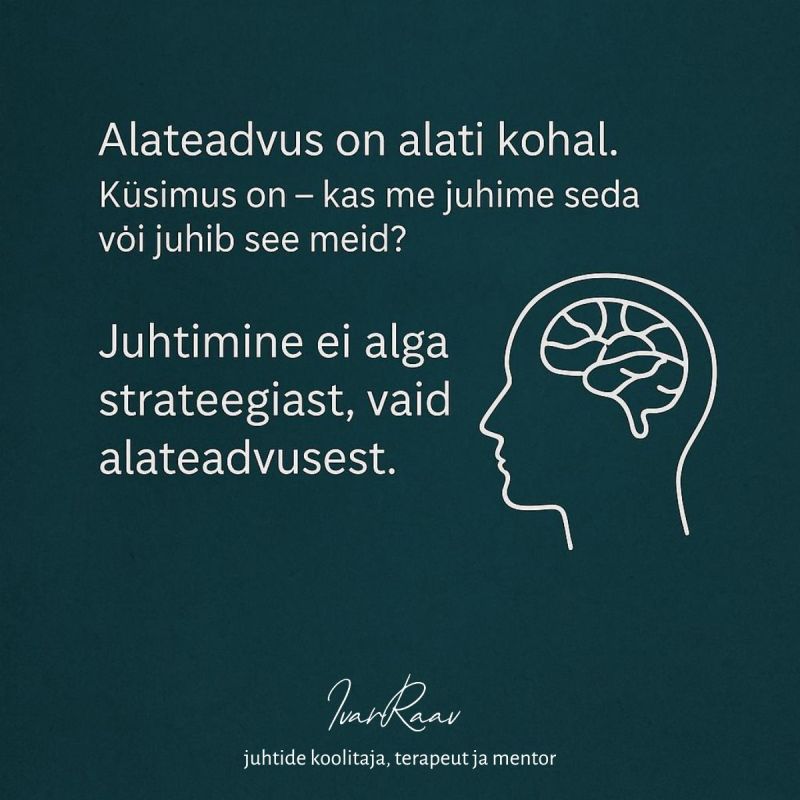Customer story: Leadership does not start with strategy. Leadership doesn’t start with strategy.
The question is – are we guided by a subconscious part of ourselves or is it guiding us? Increasingly, I have seen how leaders’ actual choices, reactions and relationships are not based on what they know, but on what they do not consciously know about themselves.
Leaders usually reach such issues when the training, 1-1 programmes and conventional textbook solutions no longer help, because the answers are hidden somewhere in the layers of the subconscious that are inaccessible to ordinary thinking.
Hidden patterns, an unfinished past, inner roles and subordinates, an immature ego, the need to be saved, the need to prove ourselves – all this drives us, even if we think we are in control of the situation and our own lives.
In the real world, we are machine executors of our subconscious programs until we look at them and put a conscious part of ourselves in front of the cart.
Deeper and truly impactful leadership begins not with learning a new system and skill, but with a quiet and deep encounter with oneself.
When a leader is able to listen more deeply to himself, he no longer needs to control, direct, lead others, because he simply starts to influence with his being.
I hope that you have also met people in your life whose being in the room already changes “something” and we somehow become better people more automatically, the issues are deeper and more “real”. These people aren’t trying to control you, it’s just that because of their self-management skills, a space is created where people evolve and grow, new ideas emerge and something new is created.
A practical example from my client work: as a result of deep questioning and honest reflection, and bringing the unseen into the open, the manager began to notice how his unconscious desire to be “everyone’s support” was holding him back from making uncomfortable decisions. It was with this concern that he came to mentoring – “how to make and communicate uncomfortable decisions.”
We came back to an early childhood situation through “wanting to help everyone”, which he did not consciously remember, but in which emotions had taken over and the driver was unconsciously trying to resolve that childhood situation by wanting to help everyone else around him and avoiding “hurting”. He had been hurt by other people’s decisions and of course did not want to hurt others with his decisions 35 years later.
Once the emotions were worked through (anger, sadness, frustration), the driver could let go of the situation. Miraculously, it also quickly gave the team back their decision-making power, and the “uncomfortable” decision didn’t have to be made. The leader was prepared to let people support themselves and take responsibility. Naturally, as a consequence, projects started to speed up and results improved.
The change came from the fact that the manager IS the change, rather than the introduction of a new management strategy or a new action plan. Thinking became more important than doing.
Of course, if this way of doing things speaks to you deeply, you are welcome to write.

